12 Free Islamic Values transparent PNG images
Welcome to our collection of over 12 free AI-generated images inspired by the tag 'Islamic Values'. Explore a diverse array of stock photos, 3D objects, vectors, and illustrations that capture the rich cultural and spiritual essence of Islamic art and design. Enjoy high-resolution downloads and take advantage of the 'open in editor' feature to customize the prompts and regenerate images to suit your specific needs.
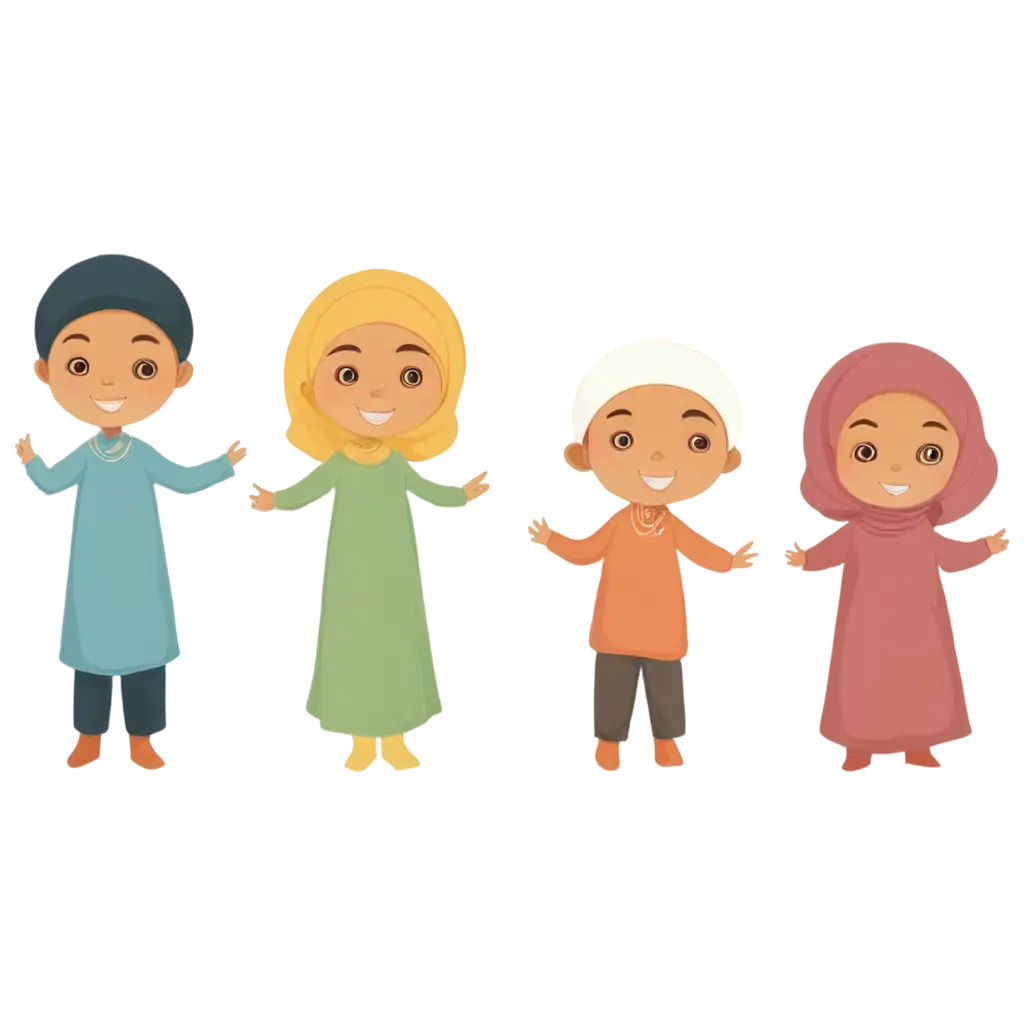
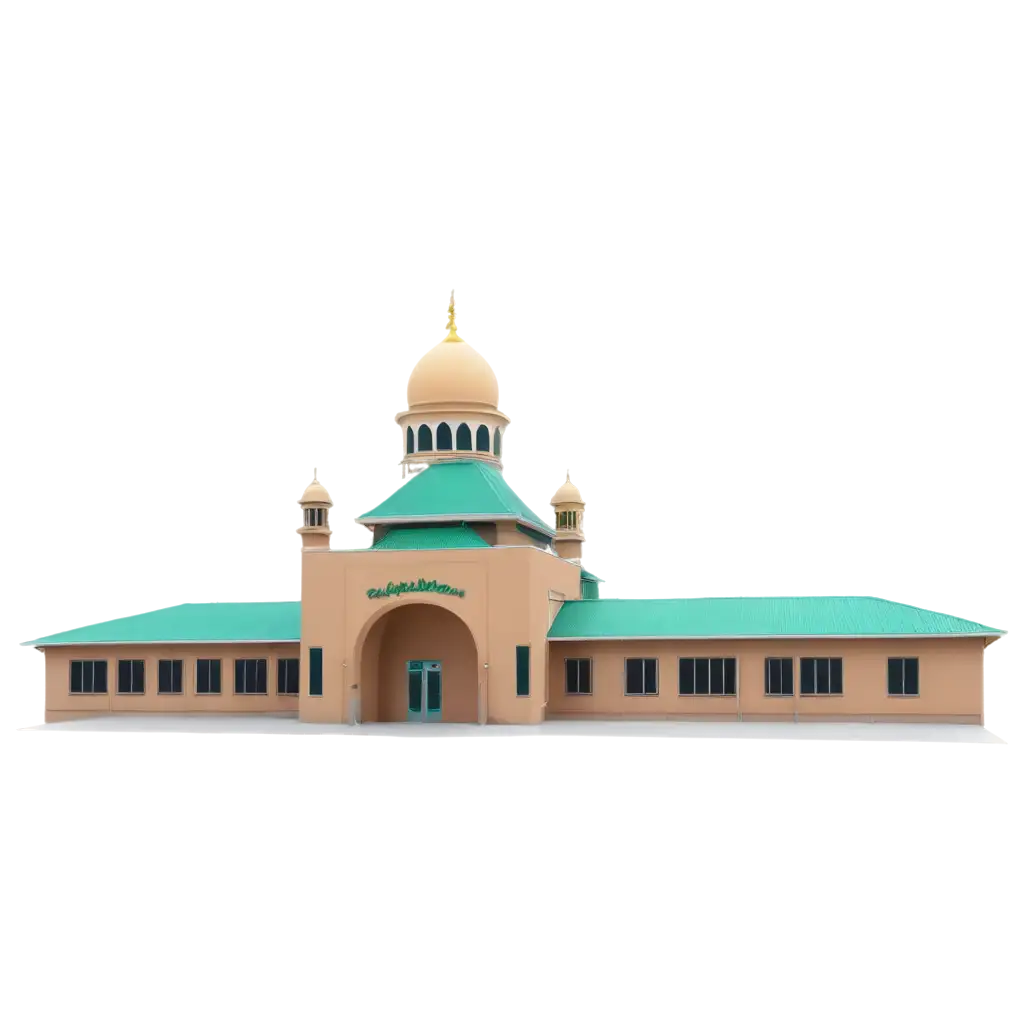
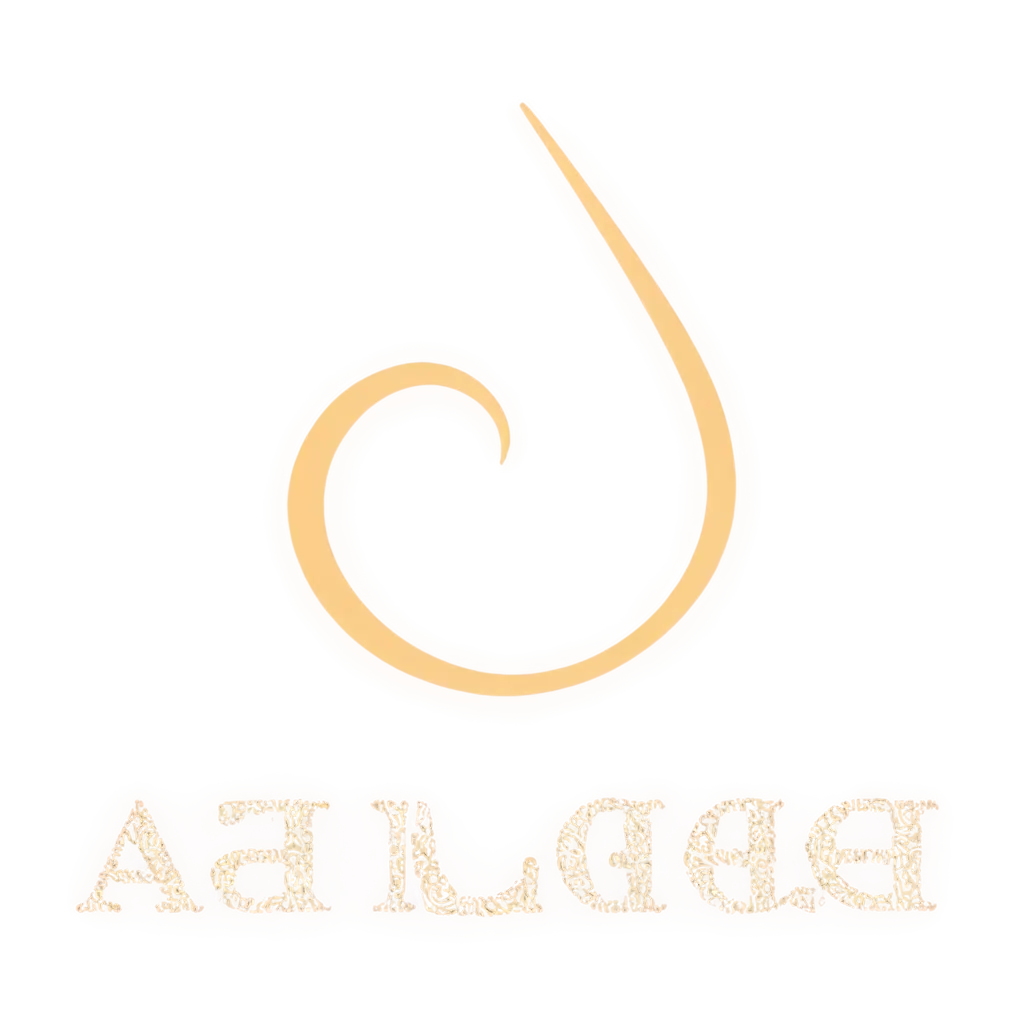
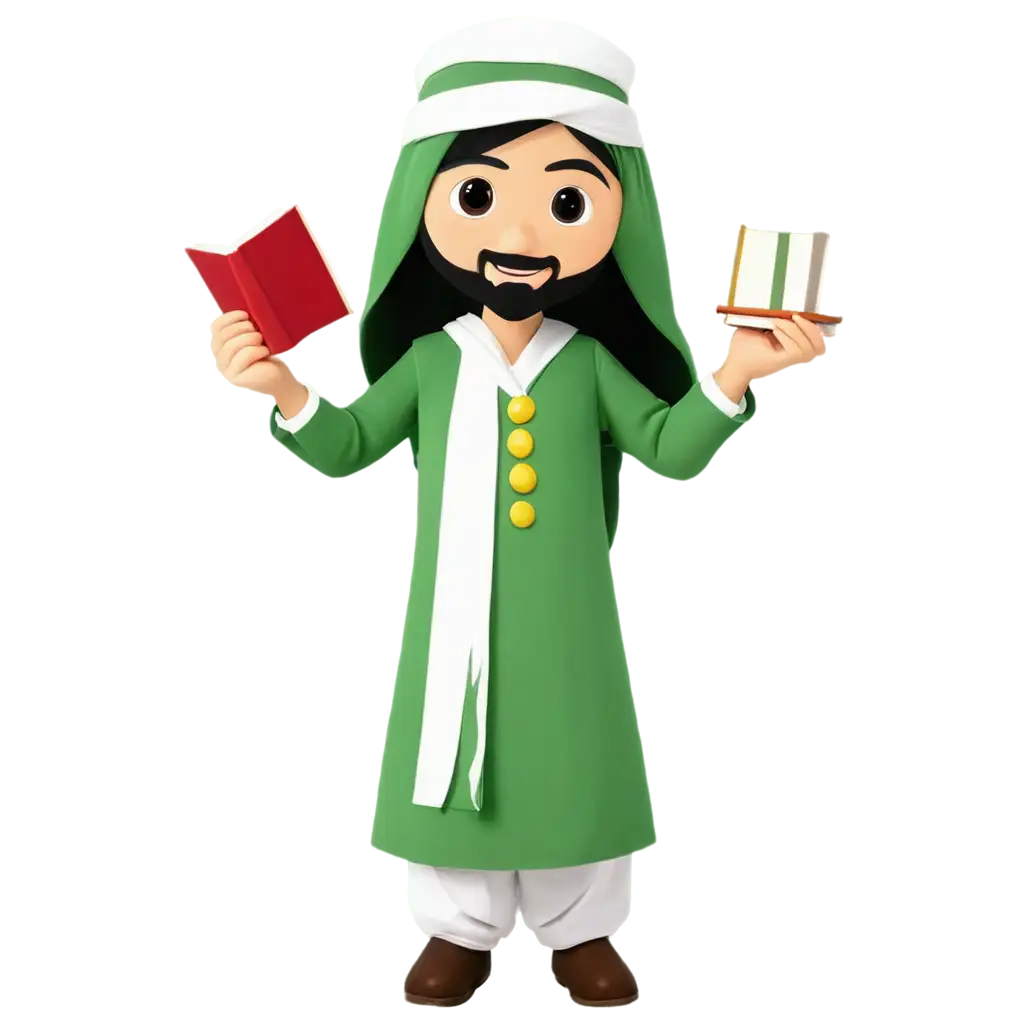
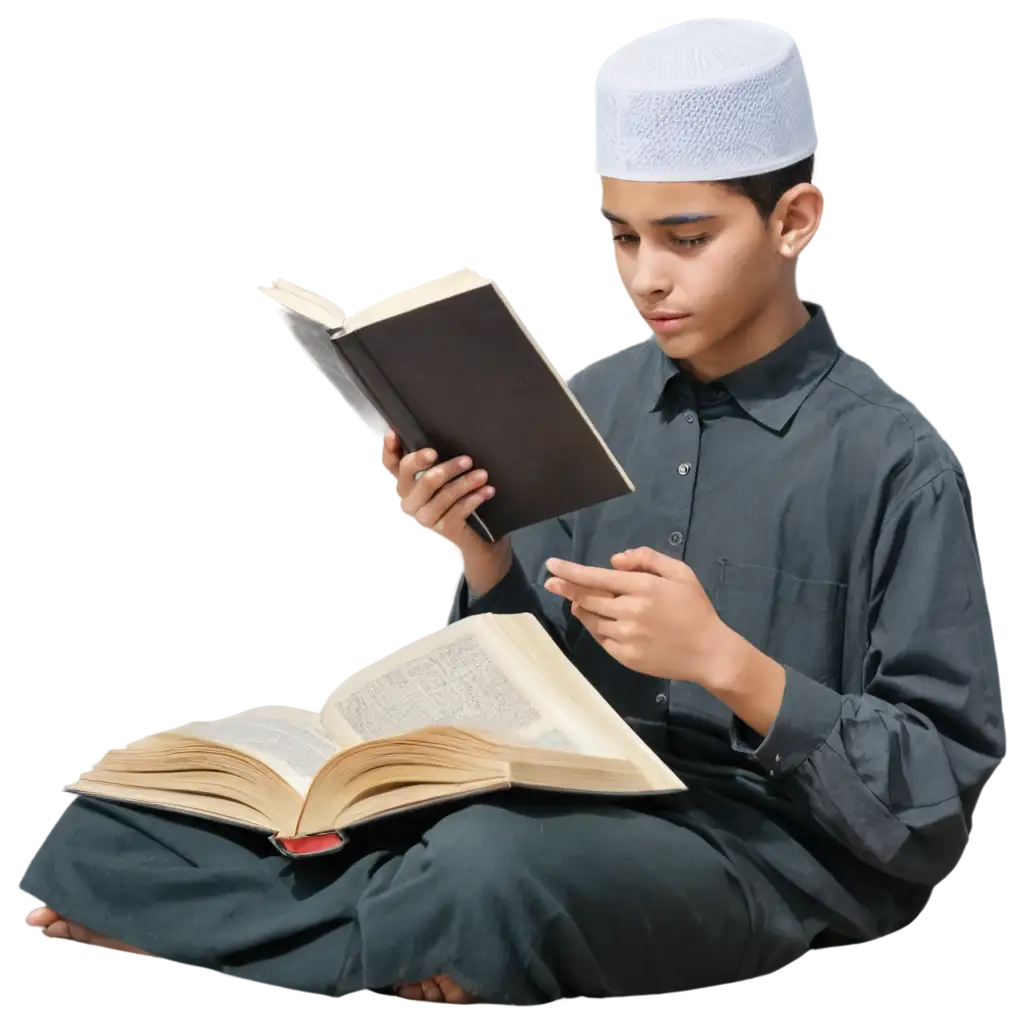
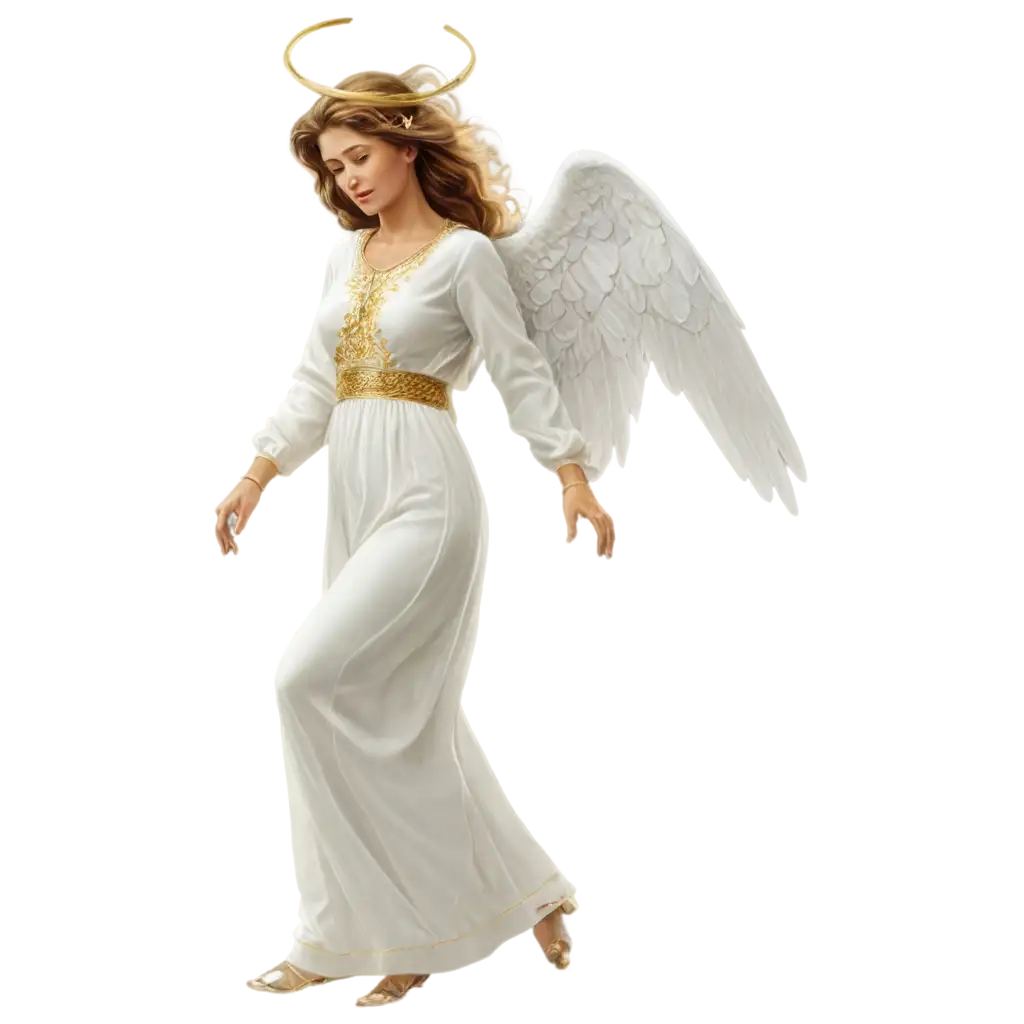

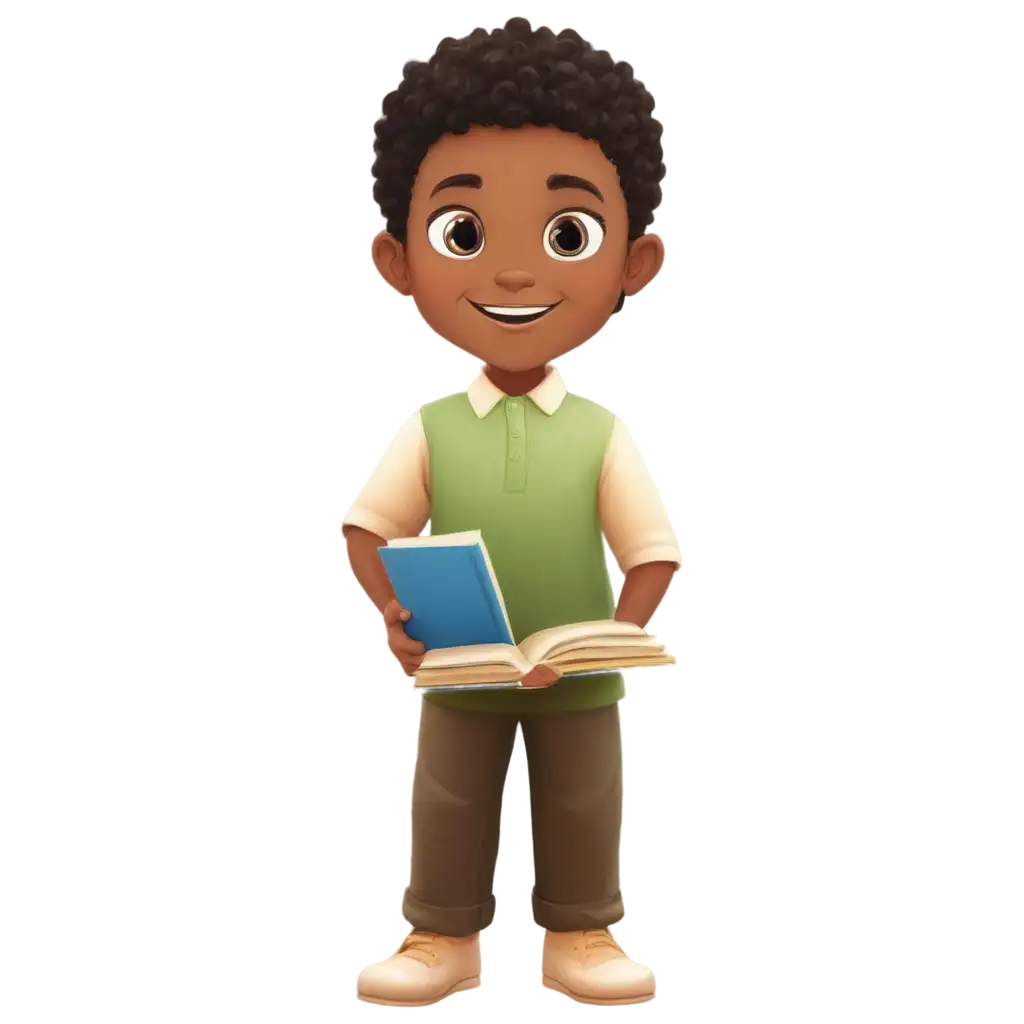

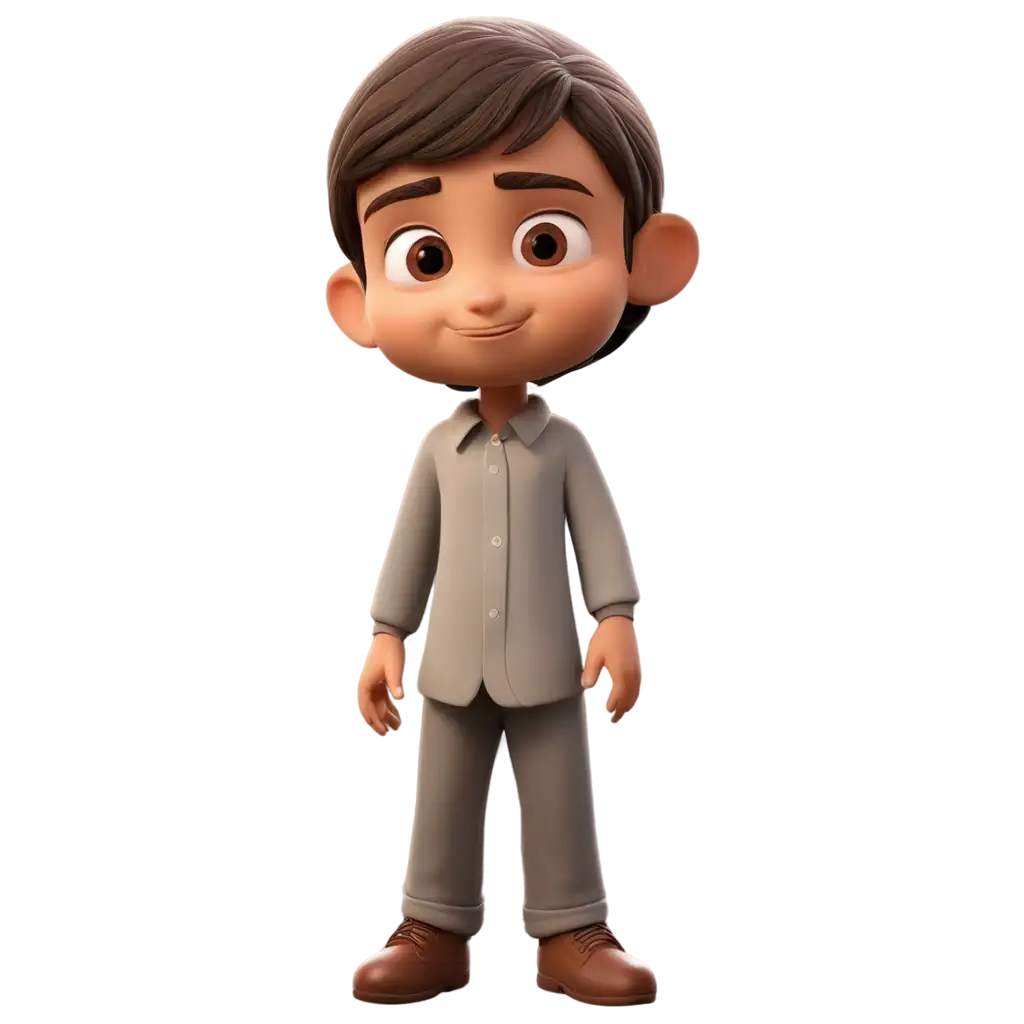


Related Tags
Islamic Values in art are deeply rooted in the religious, cultural, and spiritual traditions of the Islamic faith. These values emphasize the importance of geometric patterns, calligraphy, and the representation of natural elements in a stylized manner. The avoidance of figurative depictions of living beings is a distinctive feature of traditional Islamic art, as it stems from the belief in the uniqueness and divinity of God. Over the centuries, Islamic art has evolved, incorporating influences from various regions and cultures, while maintaining a strong adherence to the core principles of Islamic aesthetics.
Definition and Background of Islamic Values in Art
The key characteristics of Islamic-inspired art include the extensive use of intricate geometric patterns, flowing calligraphic scripts, and the incorporation of natural motifs such as flowers, leaves, and arabesque designs. These elements are often combined in a harmonious and symmetrical manner, creating a sense of balance and harmony. Islamic-inspired art can be found in a wide range of applications, from architecture and interior design to textiles, ceramics, and even digital art. The adaptability of these visual elements allows for their integration into various contemporary settings, making them versatile and relevant in the modern world.
Characteristics and Applications of Islamic-Inspired Art
Islamic art has been shaped by the contributions of numerous talented artists throughout history. Some of the most renowned figures include the calligrapher Yaqut al-Musta'simi, known for his elegant and refined scripts, and the architect Sinan, who designed some of the most iconic mosques in the Ottoman Empire, such as the Süleymaniye Mosque in Istanbul. The intricate geometric patterns and vibrant color palettes of Persian miniature paintings, exemplified by artists like Behzad, have also left a lasting impact on the visual language of Islamic art. These iconic works continue to inspire and influence modern artists and designers seeking to incorporate Islamic aesthetics into their creative endeavors.
Influential Islamic Artists and Their Iconic Works
The enduring legacy of Islamic art has had a significant impact on contemporary design and architecture. The harmonious blend of geometric patterns, calligraphy, and natural motifs has found its way into various modern contexts, from high-end fashion and interior design to cutting-edge architectural projects. For instance, the iconic Aga Khan Museum in Toronto, designed by architect Fumihiko Maki, showcases a striking fusion of Islamic architectural principles and modern design. Similarly, the work of contemporary designers, such as Huda Smitshuijzen AbiFarès and Wael Morcos, demonstrates the continued relevance and adaptability of Islamic aesthetic principles in the modern era.
The Influence of Islamic Art on Modern Design and Architecture